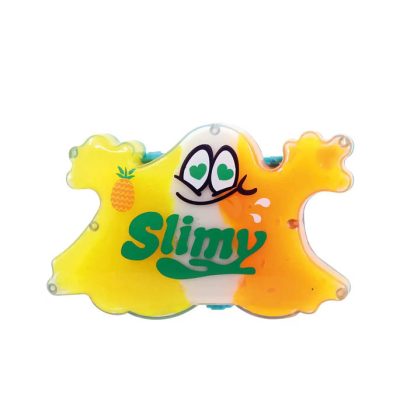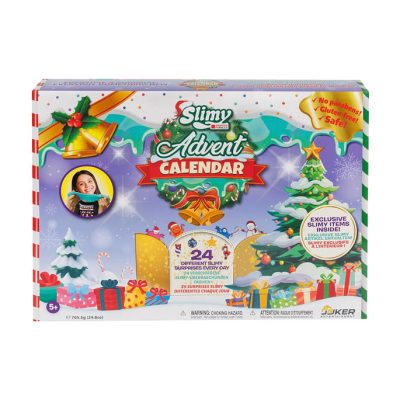-
 dave
dave
- Leestijd: 5 min
- Laatst geüpdatet: 23/12/2024
The history of puzzling
The puzzle, we all know it. Back in the day as a child, you must have puzzled. Nowadays, we know that puzzles have all kinds of benefits for children. In addition, adults also puzzle for fun. But who is the inventor? And what exactly is the history of the puzzle?
Why and by whom was the puzzle invented?
In 1760, the first puzzle was developed by English engraver and cartographer John Spilsbury. He made and sold puzzles of maps. These puzzles were again used in geography teaching. Here, puzzles helped in learning topography. At this time, puzzles were still made of wood and they did not click together. In the first puzzles, the pieces were next to each other. Puzzle makers soon started adding other images. This made puzzling interesting for everyone.
However, puzzling was not affordable for everyone. For example, wooden puzzles cost about $5 in the United States in the early 1900s. Back then, the average person earned $50 a month. So owning and creating a puzzle was really a luxury.
The name puzzle derives from the word jigsaw puzzle. This name was given to the puzzle around the year 1900. A jigsaw is a type of jigsaw used to make wooden puzzles. From this name again comes the Wasgij puzzle category, which is part of the Jumbo brand.
Escaping the Great Depression
In 1930, the whole world found itself in an economic crisis. During the Great Depression, the popularity of the puzzle increased. Puzzling distracted people from their problems. In addition, puzzles became a lot cheaper during this time. This was because workers who were out of work started making and selling puzzles themselves.
In addition, factories could make cheaper puzzles by die-cutting them. This is a process in which puzzle shapes are struck hard onto the material containing the image. This created a puzzle in a short time. This, of course, was much faster than making a puzzle by hand. After World War II, it was possible to make cardboard puzzles. This lowered the price of puzzles even further. This made puzzling accessible to everyone.
Puzzle manufacturers want more sales
To sell more, puzzle manufacturers began putting images on puzzles that were popular or current at the time. They did this for topics for children and adults. These included puzzles about fairy tales, history, cars, space travel and wars. Puzzles depicting World War II did especially well in the United States.
Types of puzzles
Nowadays, there are many types of puzzles. This is because technology has advanced tremendously over the years. For example, these days you have 3D puzzles in addition to normal jigsaw puzzles. This has made puzzling interesting for everyone. 3D puzzles allow you to really bring an image to life. Just look at a puzzle like Harry Potter’s Hogwarts castle. You recreate it in miniature in your own room!
Different puzzle materials
Nowadays, puzzles are not only made of wood and cardboard. Thus, puzzles can be made of chocolate, pottery, plastic, foam, metal and glass. Most puzzles are still made with a punch. However, puzzles are made from some materials by water and laser cutting.
The most bizarre puzzles!
Over time, companies also began to create bizarre puzzles. For example, puzzles were sold that could barely be laid with the naked eye. There are also mega-sized puzzles for sale. For example, manufacturer Ravensburger currently has a puzzle for sale with 32,562 pieces. Therefore, this mega puzzle is 5.44 meters long and 1.92 meters wide. As a result, this puzzle has an area of almost 10.50m²!
Table of contents
Much viewed
More blogs
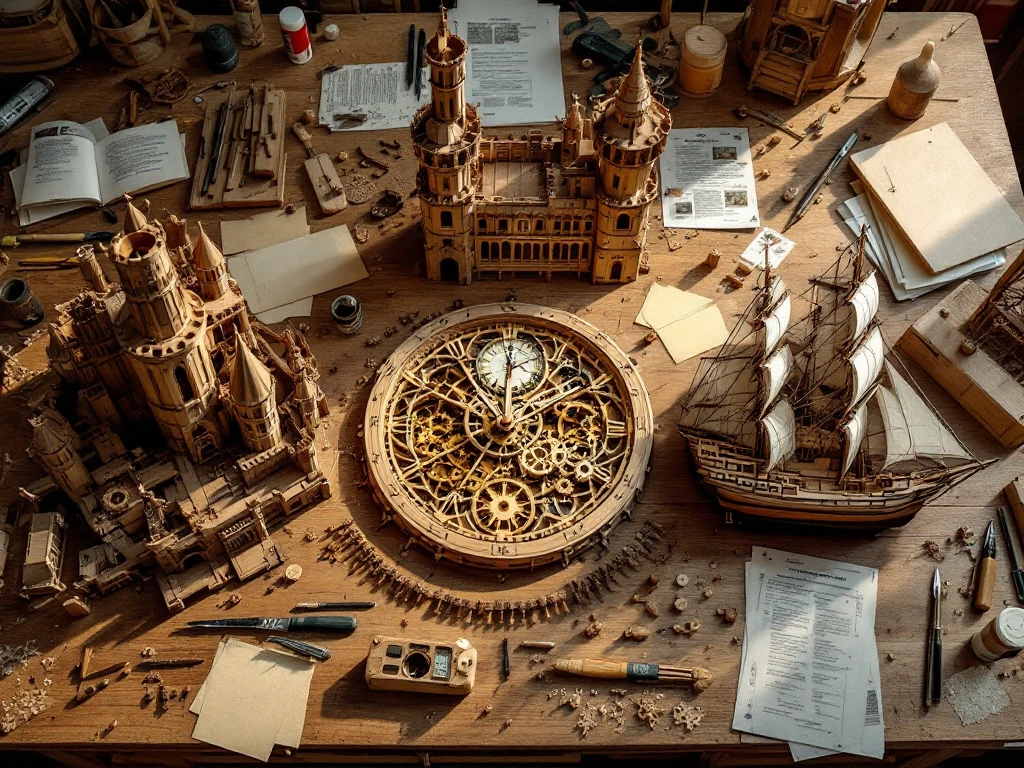
Which wooden building kits take the longest to make?
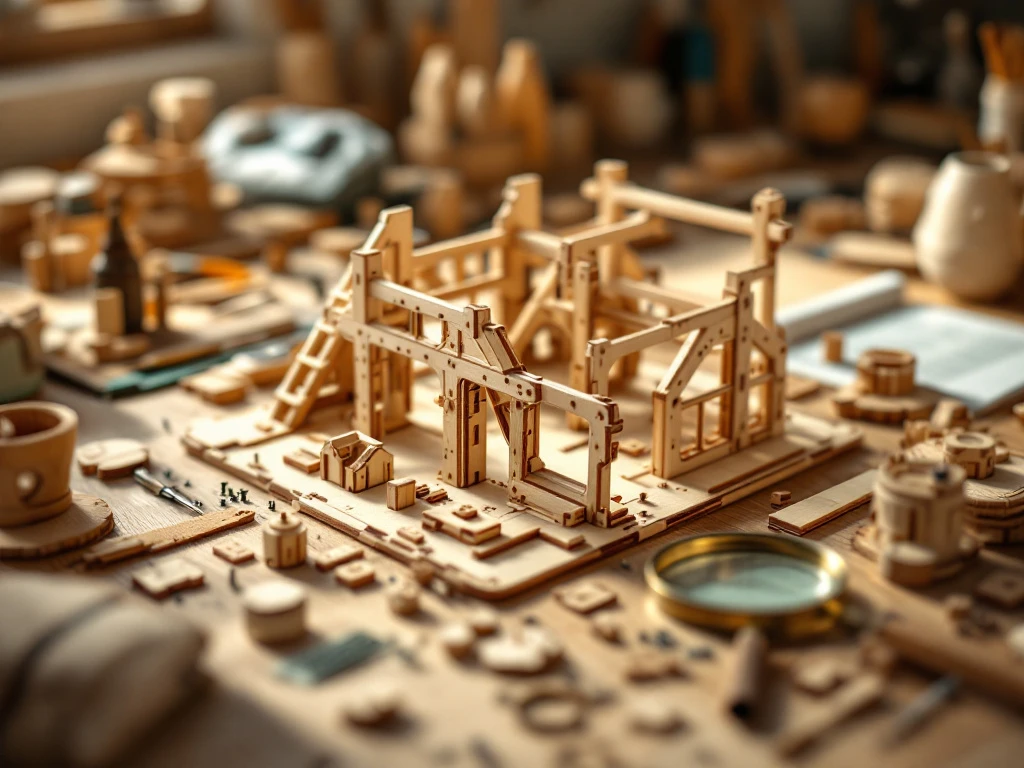
What are the tips for wooden building kit beginners?
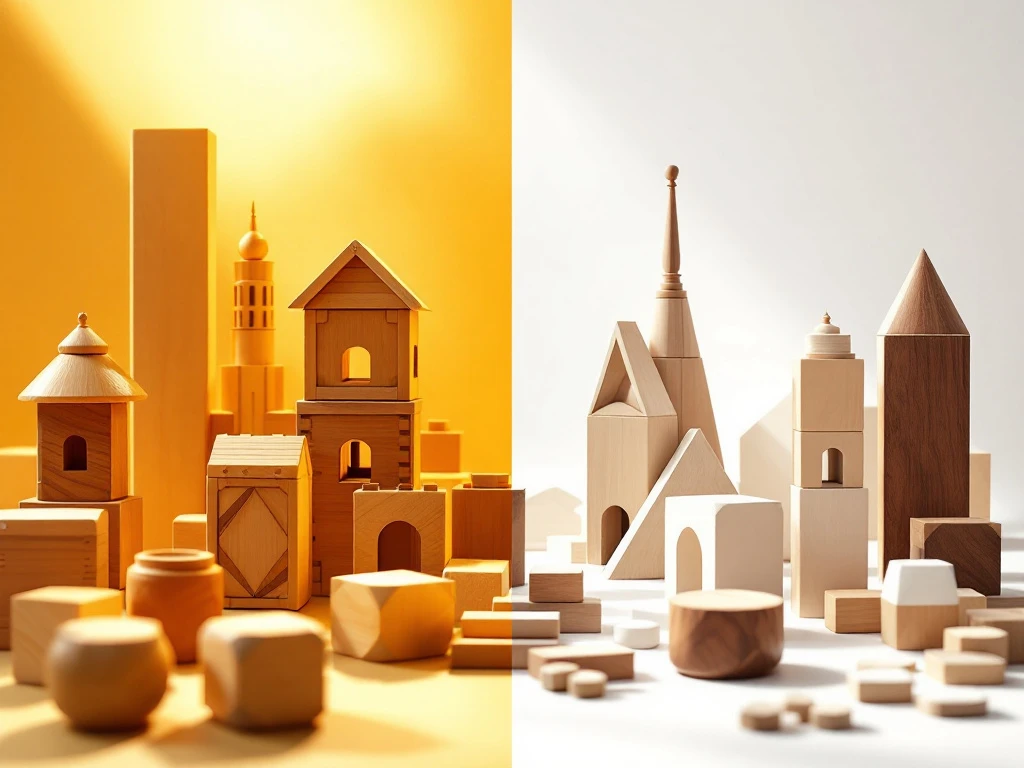
Which wooden building kits combine tradition with modernity?

